Here’s a top, a very fine Euro spruce, joined and with rosette inlaid. Amboyna burl background….

Here’s a top, a very fine Euro spruce, joined and with rosette inlaid. Amboyna burl background….

About as soon as they are born, they leave.
The conjunction of Jupiter and Saturn happened in December 2020.
The guitar “Conjunction” is a blend. A combination of many elements. Jazz, Flamenco, Classical. Also, a team effort with the customer. Thank you.
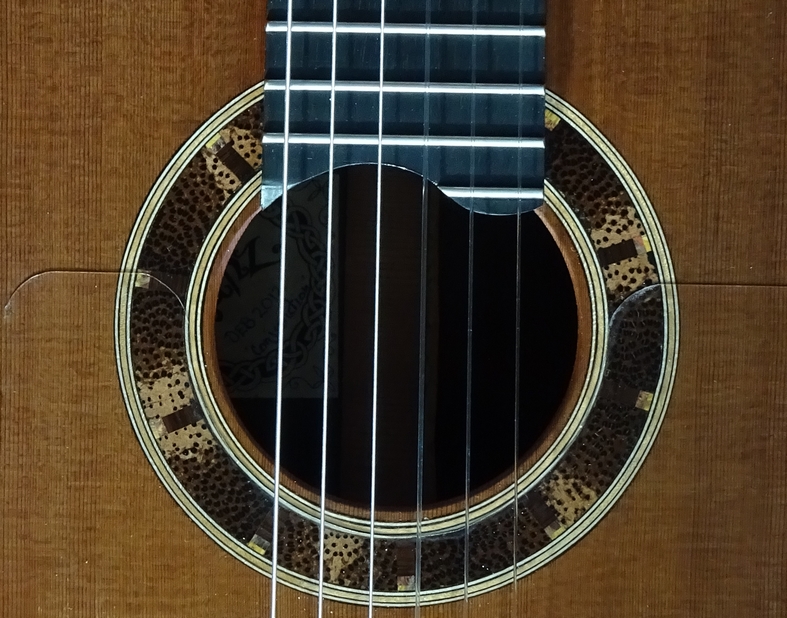
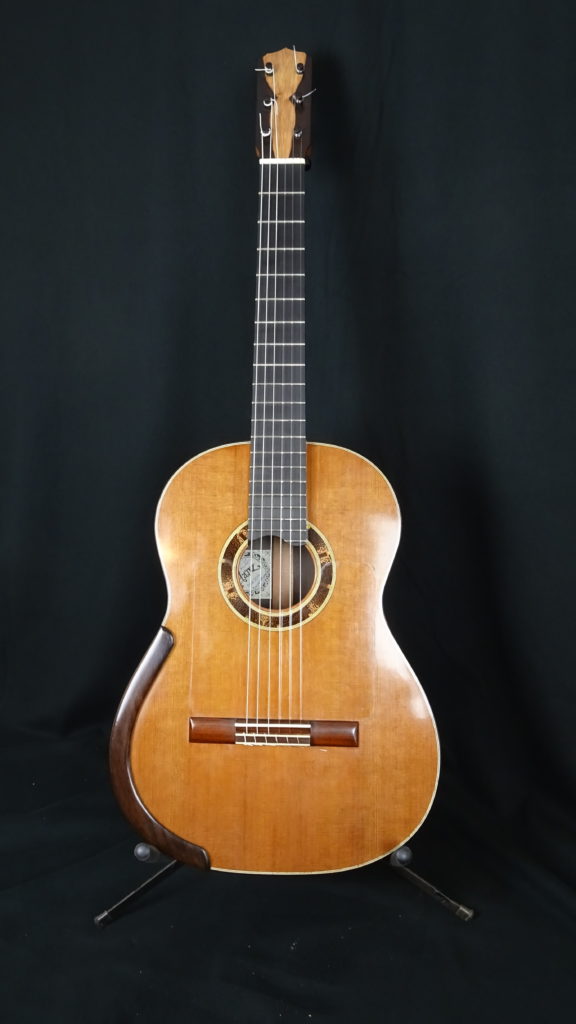
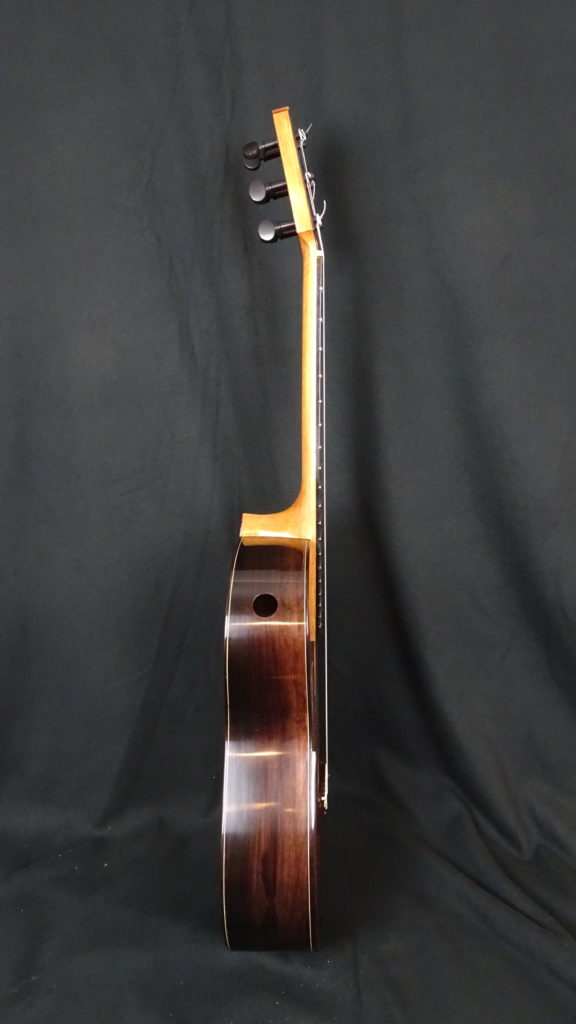
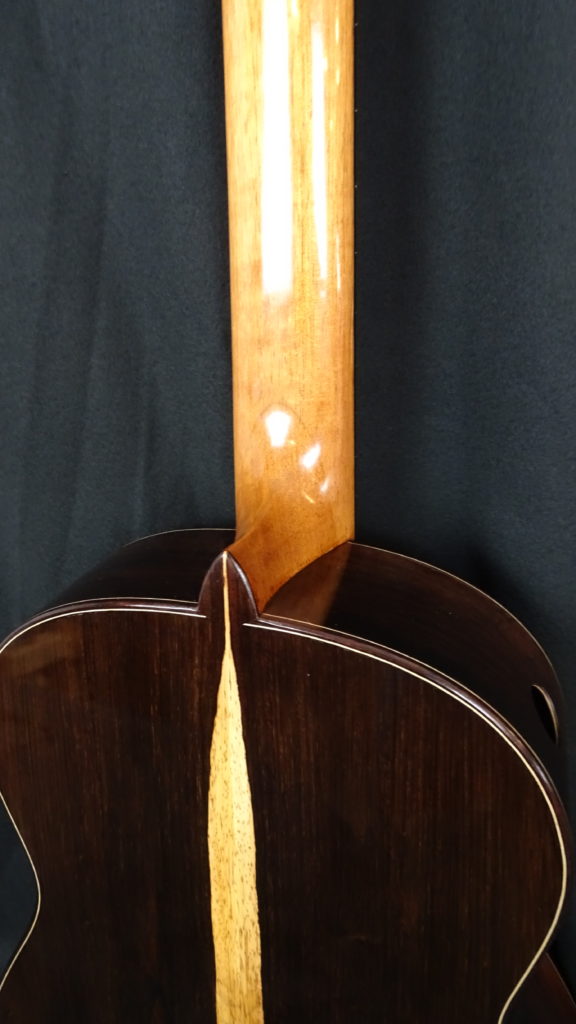

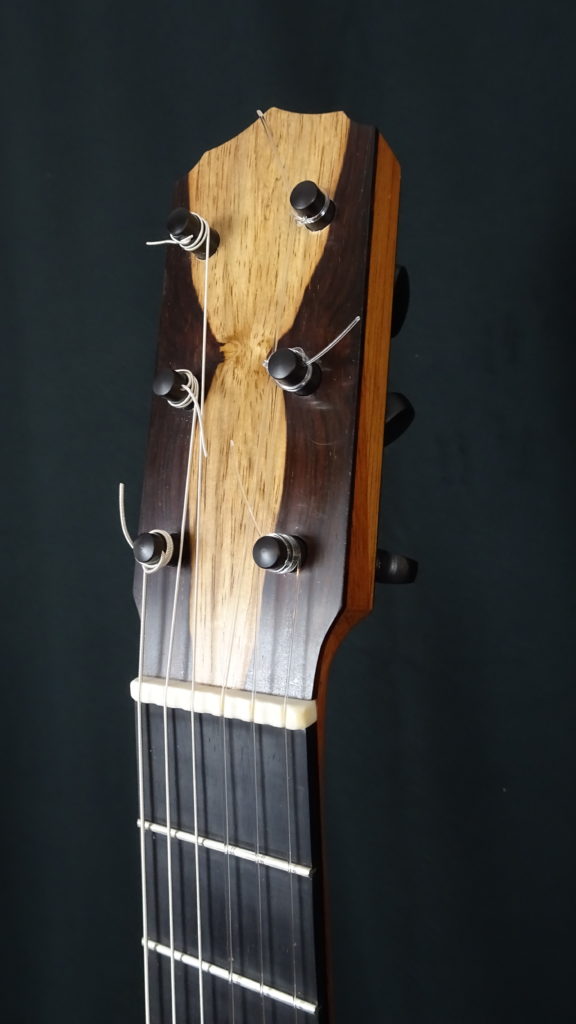
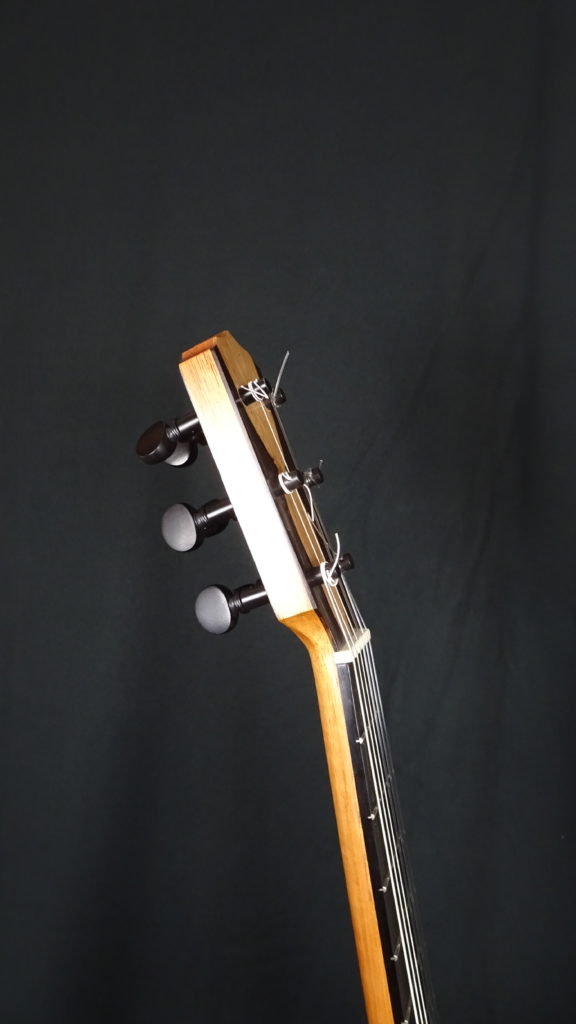
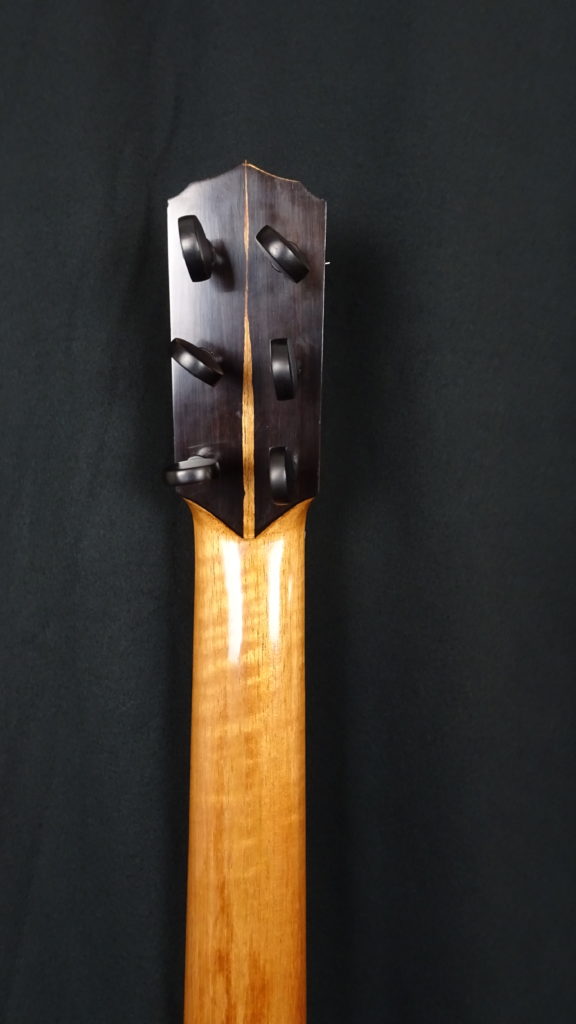
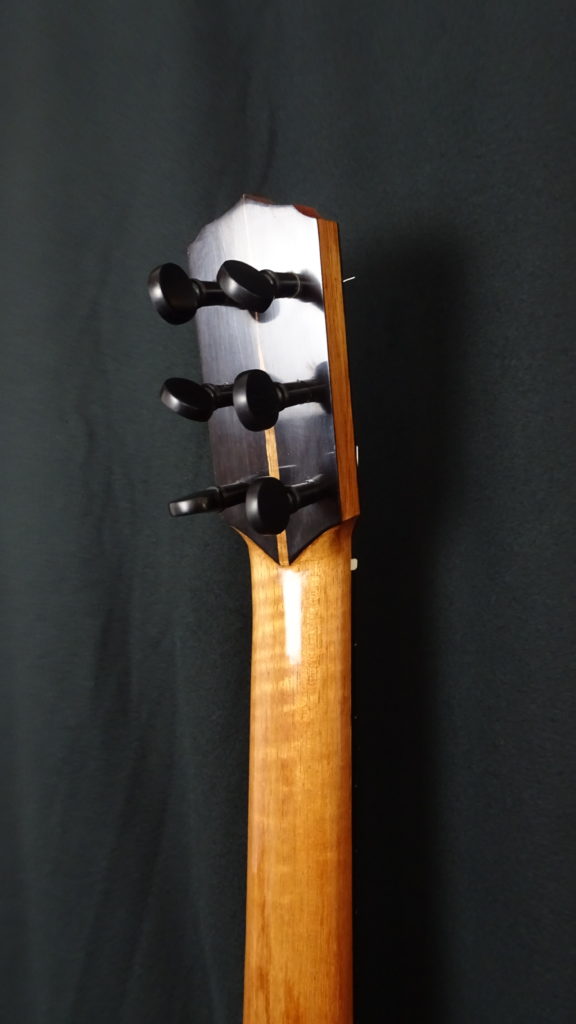
I go crazy in love with the Brandenburgs. This is a fun rendition of the Allegro to the 3rd Brandenburg. This should lift somebody’s spirits.
The video was put together by Anna Pietrzak. She arranged the music for the Vancouver Guitar Orchestra (their first recording), played the guitar, and was largely responsible for editing the parts together into this fun video. Super talented person.
I’m pleased that a guitar I built is played by a couple of these virtual guitar orchestra musicians at the same time in the video. That would not be possible under normal circumstances where it’s usually 1-person:1-guitar.
If you enjoy the video, please let Anna know by visiting the video page and leaving a comment.
The year was 1970. I’m playing hookie from school at Arizona State University. I had a friend whose brother played guitar in a rock band. He was a real cool dood. Lots of hair and patchuli oil, and a good player. He knew that I had a couple guitars. One a Martin D-28 and another was a mexican nylon string I picked up in Tijuana for a few bucks. Anyway my friend’s brother, told me that I could make a better guitar than the nylon one I was playing. He said there was a guy in Glendale, AZ that was building a few guitars in his garage, and was helping other people to build instruments for themselves. “You should go see him” ….
Glendale is not far from where I lived in Tempe, so I drove out there in my 1965 VW. That’s when I met John Roberts. Well, first I pulled into his driveway and wondered if I had the right place, then I saw the garage and went there… There were a couple guys around a large workbench that took up most of the space in the garage. Pretty soon John came out and we chatted. The deal was this: If I bought all the wood for a guitar, then I could build it in the garage. John would advise me. The charge for the wood? $100. Back & sides, top (redwood), mahogany neck, ebony fingerboard, rosewood bridge… Think of it. Back in ’70 $100 was not chump change. I bought my D-28 new for $350. But the use of the shop and the advice and interaction with others made all the sense I needed to justify the expenditure. What about my schooling at ASU? What about my job delivering pizzas or making donuts? No problem really. It was November/December and the semester was going to end. I was going to build a guitar!!!
John Roberts had been a bush pilot in Central America and had imported a bunch of logs from Guatemala (Dalbergia cubilquitzensis). He thought he could sell the wood in veneer form to banks or other architecture applications, but he didn’t seem able to crack that market. So he started looking at uses for the wood. Somebody said “ROSEWOOD! It could make GUITARS!” Except that he didn’t know anything about guitars. He had a copy of a book, and some articles from a magazine or two. Of course, there were also guitars to look at. I’m sure there were other resources, but there was more willingness to experiment than there was knowledge. You can find out a bit about John at the website of the Roberto-Venn school of Luthiery.
From start to finish, the construction took me a little more than a month. I also built a case using 5/8 inch thick plywood. Heavy duty… I’m not sure if I have a picture of the guitar anywhere, but one might surface. It now belongs to my son who lives in Portland, OR.
So much has changed since 1970. I’ll be writing more about that and the years since in other posts.
Who knows where the time goes?
Before moving to Blaine in 2009, I was talking with a friend. My friend Del does podcasting on the topic of “Retirement” . He’s been retired for quite a while, so he’s pretty qualified on the topic. Retirement (Life without the complication of work): It’s something he and his wife, Brenda, enjoy.
While not being mentioned by name, I’m the guy he talked to more than ten years ago. Del and Brenda have visited me here in Blaine. I built a guitar for him that he plays on his podcast intro’s and backgrounds. You can find his blog at https://www.retirementtalk.org/
Here’s the podcast about the guitar maker changing …. https://www.retirementtalk.org/rt707.mp3

David Lockington (cello) and Yaniv Attar (guitar) perform Saint-Saëns’ The Swan
Guitar as described in the post Cedar and Padauk – a good guitar combo
I do get emails from guitarists, usually early in the “ownership cycle” telling me how awesome the Ganz guitar they just bought is. Those are great. I also get notes from people who have had a guitar for a long time, and have communicated with me quite a lot over the years. However, this one is slightly unusual in that I haven’t heard from this individual in a few years. Here’s the note:
Hey Steve. Just finished spending some time with the beautiful Maple guitar I purchased from you many years ago. It is my go-to guitar 80% of the time. Also the easiest of my guitars to play (David Russell considers that his number one criteria for an instrument) and does everything amazingly well. I can get pretty much any kind of tone out of it that I want and it has super separation. Whenever I pick up any other of my guitars*, aside perhaps from my Hauser – and that’s pretty refined company – they all seem boomy. So I just thought I would let you know how fantastic it has turned out to be. It is also strikingly beautiful. I hope you are well and taking care re Covid.
Best regards, Michael
That’s a nice note from a good player who has several high level guitars, including a Hauser and other iconic builders. Thank you Michael.
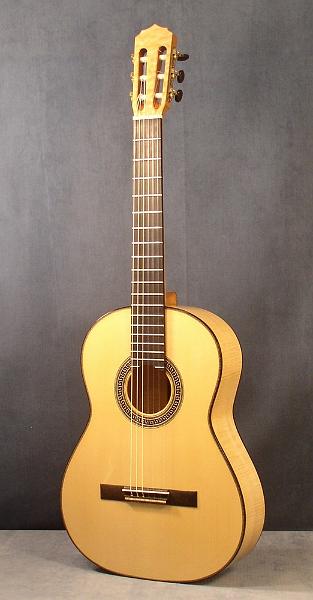
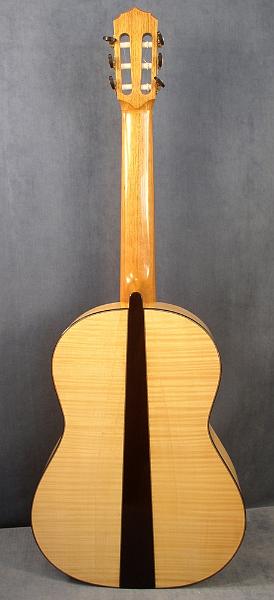
So, these pictures were made with my first digital camera, but you can see part of what Michael is talking about when he says “beautiful”… Here are some more Guitar of Month – 2007 Maplenillos
Note* : Michael’s other guitars include a Fleta and Bernabe Imperial.
This recital was actually recorded in October 2020, but premiered on YT a couple of days ago. I’ve written about Anna and Carl in this blog before. Both immensely talented, which means they had a good start in music and worked hard! They make a good ensemble. This recital has a nice variety of solo and ensemble offerings. If you go to the youtube page (available only until January 16, 2021) You can pick where to start the video if you go here: https://www.youtube.com/watch?v=3xXoIi7oPto
Let me start at the guitar solo section. Anna plays Sérgio Assad’s Seis Brevidades on a Ganz (Romanillos Homage) that I built a few years ago. I particularly like the Ginga.
Carl plays a couple of piano pieces that might be familiar to some readers/listeners: Fryderyk Chopin: Grande Valse brillante in E-flat major, Op. 18 and Isaac Albéniz: Iberia, book 1, with an amazing rendition of the Corpus Christi en Sevilla
The duos are amazing. Luigi Boccherini: Introduction and Fandango arr. Julian Bream; Marek Pasieczny: Eight Miniatures for Piano and Guitar based on and inspired by Polish Folk Music (2018); and Ren Guang: Colorful Clouds Chasing the Moon (arr. Burdeti Duo)
So many amazing guitar/piano pieces. I think the Pasieczny Nocturne is my favorite rendition at the moment. I like moody stuff. However the articulation in Folk Song on ‘5’ is pretty amazing.
What a pleasure to hear this artistry from Carl and Anna.
Padauk is an interesting wood for guitars. The first time I tried to bend it for sides, it cracked, and those had to be discarded. 🙁
But it is used for bridges by some luthiers. It has a good resonating quality, and is a good weight – not too heavy or light. I found out that my first experience with bending was a bit of a fluke. It bends beautifully and works well! I’ll get a sound sample together to post on the blog soon.
The wood is remarkable for it’s color… reddish/orange. Over time (years) it will change color to a brown color especially if exposed to unfiltered light.
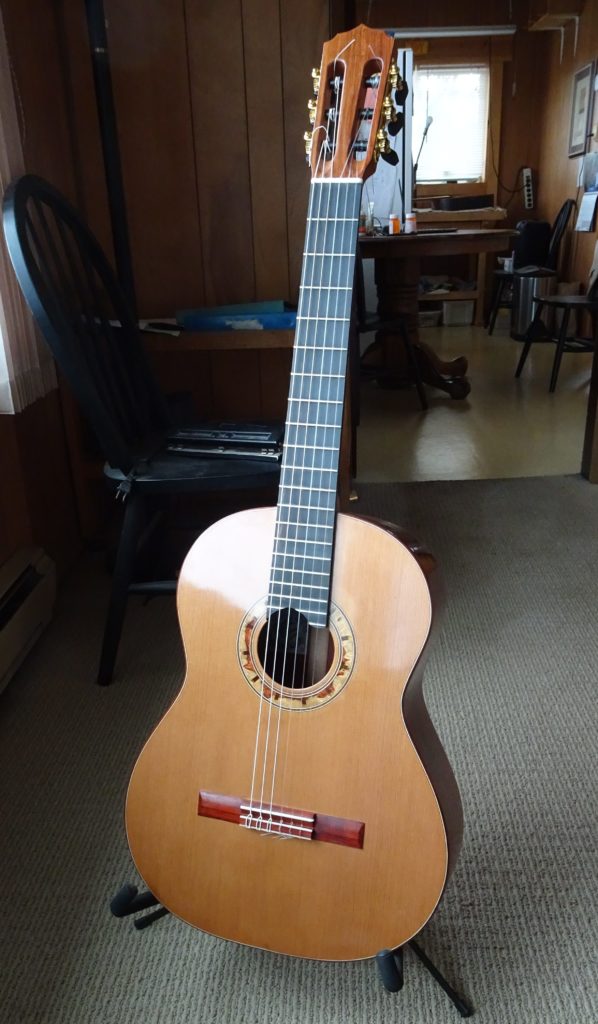

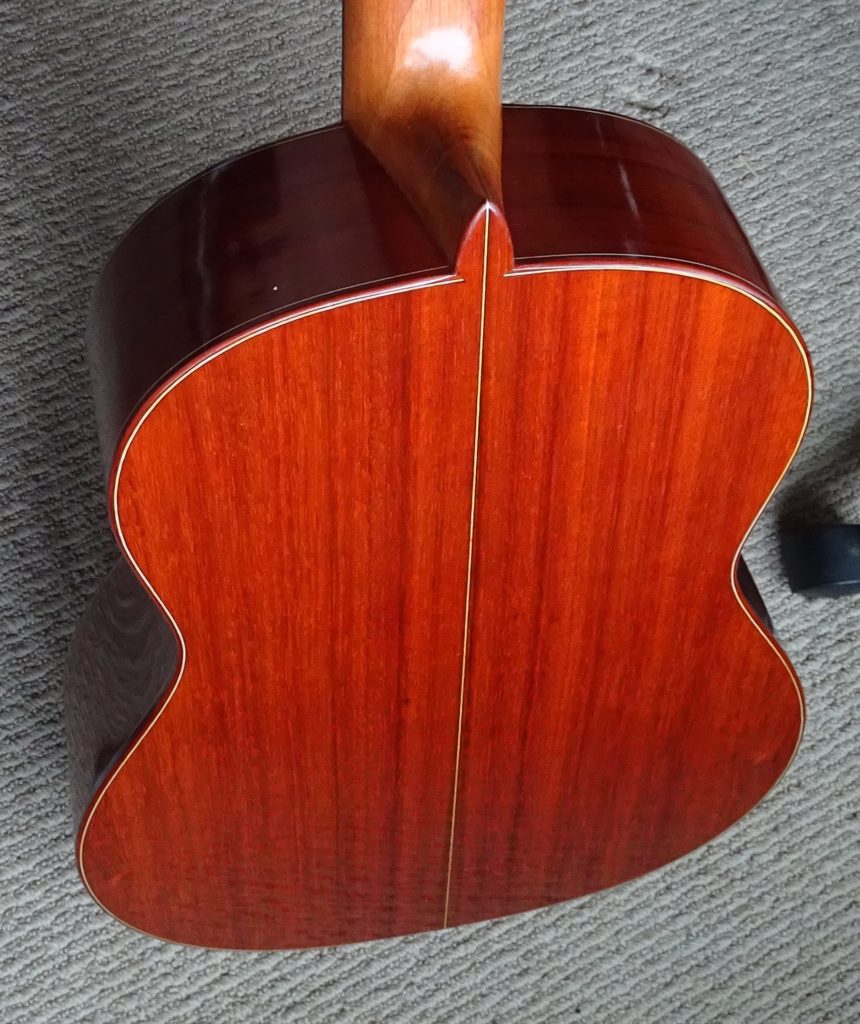
A nice morning here in Blaine. Spirits lifted.
Jacek Kado plays the uplifting Here Comes the Sun… From 2011, when his friend was being treated for a serious disease. Thanks Jacek. For me, this is an important role of music.